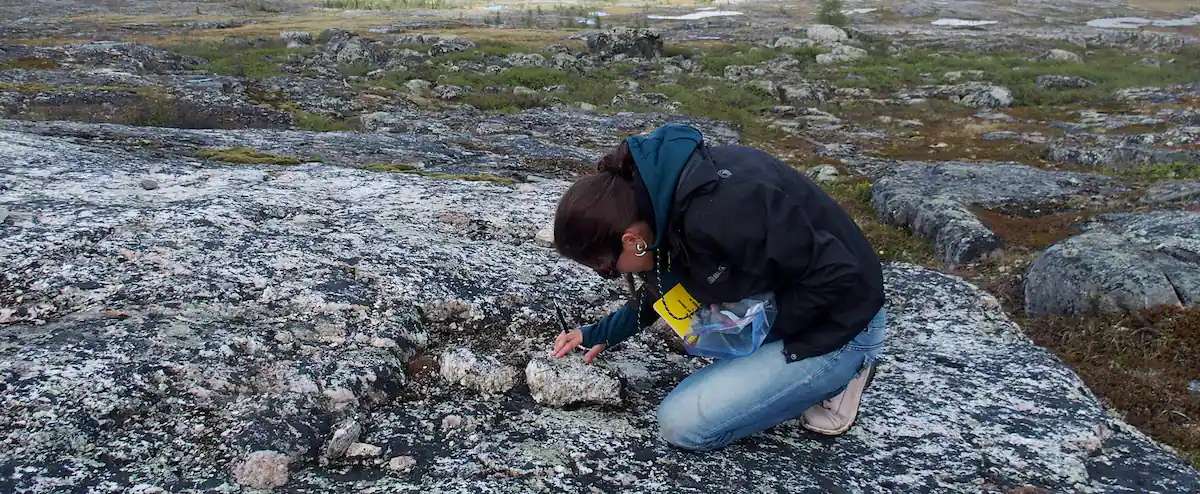We could heat the entire city of Kuujjuaq using underground heat instead of polluting fossil fuels such as oil or diesel, say geologists.
At the bottom of a well three to four kilometers underground, it is hot enough to boil water. By bringing it to the surface, we could supply a power plant that would produce enough electricity for the needs of the 440 houses in the town of Kuujjuaq.
“The community would end its dependence on fossil fuels such as fuel oil and diesel,” says Mafalda Miranda, a postdoctoral student who has traveled to the capital of Nunavik three times in recent years to refine her analyzes.
technically possible
What may appear unlikely in a city known for its polar cold is a perfectly conceivable technical eventuality, believes its research director, geologist Jasmin Raymond, who runs the largest geothermal laboratory in Quebec, at the National Research Institute. scientist (INRS).
“What my student has shown is that this approach would be profitable in about 30 years,” he said on the sidelines of M’s conference.me Miranda, given today as part of the ACFAS congress.
new energy
Unprecedented in Canada for producing electricity, geothermal energy is gaining popularity as a renewable and non-polluting source of energy. It consists in using the heat of the ground as energy.
Two geothermal power plants are under construction in Western Canada, in Saskatchewan and Alberta. In the first case, 140 megawatts will be produced by 2024, enough electricity to supply a village of 2200 houses.
In Alberta, 6,800 homes will be able to rely on geothermal energy.
In both cases, we dug up to 3.5 kilometers deep to install vertical pipelines. Brought to the surface, the heat from the depths of the earth will be able to power turbines that produce electricity. The residual hot water can also be used to heat homes in winter. Geothermal energy produces no greenhouse gas emissions and can be used for air conditioning in the summer.
Other projects
While we are still a long way from launching drilling in Ungava – the costs of power stations in the west are very high – less ambitious geothermal projects are progressing well.
A community swimming pool water heating system is underway and should see the light of day in the summer of 2022. “This technology should reduce the energy bill by 50%,” says Ms.me Miranda.
3 types of geothermal energy
1. Shallow depth (30-400m)
- The ground temperature at this depth is stable all year round: about -1°C in Kuujjuaq. On the surface, the average temperature is -6°.
2. Deep geothermal energy (400-4000 m)
- A pump recovers heat from the ground (which varies from 40° to 100°) and brings it up to the surface.
3. Deep geothermal energy (4000-6000 m)
- The temperature here exceeds the boiling point.
For Jasmin Raymond, from INRS, geothermal energy should be an objective for all northern regions because of the interests it holds. With his team, he was the first to be interested in geothermal energy as a solution for the cities of Nunavik. “Geologists are generally specialized in prospecting for minerals such as gold, silver or copper. Me, the natural resource that interests me is the heat of the basement. »
